Learn
Hazards in Forestry
Introduction
The Occupational Safety & Health Administration (OSHA) has developed a set of standards specifically for logging operations that must be followed. This set of standards is the plan set forth to keep forestry workers safe.
Logging is considered one of th emost dangerous occupations in the United States. This is beccause of the size of equipment and the nature of harvesting large trees that can fall and/or roll.
In addition to the importance of following in-woods standards, safety is of the utmost importance as trucks move equipment or haul wood to the mill. Every harvesting operation will have specific safety requirements based on the equipment used, type of harvesting operation, and site conditions.
Logging Safety
Following are some of the safety considerations for all logging operations:
- Personal protective equipment (PPE) required - hearing and eye protection, hard hats, steel-toed boots, chaps (when using chainsaws) and gloves.
- First aid kits required on site (approved logging first aid kits).
- Crew training on safety, first aid and cardio-pulmonary resuscitation (CPR).
- Seat belts on all equipment.
- Roll-over protection (ROPS) on all equipment
- Fire extinguishers on all equipment
- No riders on equipment other than operator.
- Maintain 2 tree-length distance from cutter.
- Awareness of environmental conditions including electrical lines.
- Engage brakes and releasing all stored energy when parking equipment.
- Maintain safe distance between any flammable or combustible liquid and operating equipment.
- Identify and remove dangerous trees.
- Clear communication between equipment operator and any person on the ground.
- Secure all logs and equipment with chains, cables, or tie-down straps.
Hazards
What makes logging dangerous?
There are several different types of hazards that forestry workers and their employers must be aware of:
- topographical hazards,
- venomous snakes,
- venomous psiders,
- ticks,
- stinging insects, and
- poisonous plants
Any of these could result in various types of injuries.
Topographical Hazards
A topographical hazard is a threat of accident or injury caused by a characteristic of the earth's surface. Topographical hazards also include accidents caused by our natural resources suh as falling trees or avalanches.
In the forest there are numerous topographical hazards to watch out for.
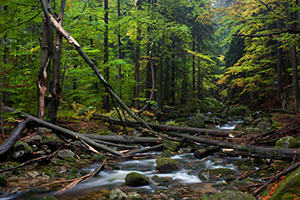
Some examples of topographical hazards include:
- Stump Hole: A stump hole is a hole in the ground caused by the rotting of a tree stump. Sometimes the outer portion of the tree will still be present. These holes are often covered by leaves, straw, or other debris making them undetectable when walking through the forest.
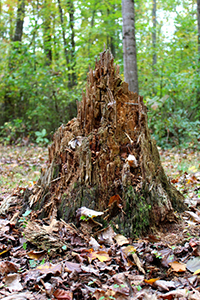
- Water Well: A water well is a large hole once dug for the purpose of obtaining water from the ground. Water wels were once common on home sites and farms as a source of water. Wells were often covered, instead of filled, once plumbing became available. These water wells may be hundreds of feet deep on occasion.
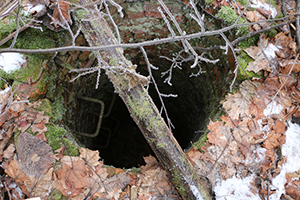
- Bodies of Water: Ponds, rivers, lakes, or bodies of water create significant threats to forest workers. Workers may encounter difficulties when crossing on either on foot using machinery.
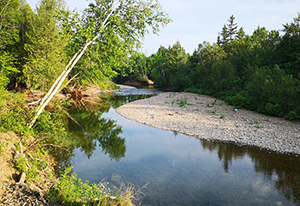
- Drop-offs: Sudden drop-offs such as cliffs or very steep hills that a forest worker may fall down causing injury.
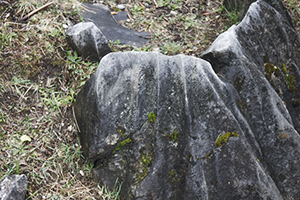
Flora and Fauna Hazards
Additional hazards in the forest include animals and plants like:
- stinging insects,
- ticks,
- venomous spidersm
- venomous snakes, and
- poisonous plants.
Basic Personal Protection Equipment (PPE) can help protect you from some of these hazards. In addition, wearing approved bug repellents can also aid in protecting you. The best protection, however, is identification and knowledge of the hazards and the procedures to protect yourself.
Let's look a teach of these hazards more closely.
Stinging Insects
Examples include:
- Yellow Jackets - These tend to be the most feared wasp among foresters. They are very bold and can sting repeatedly.
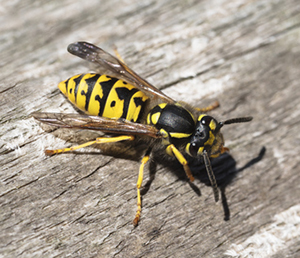
- Fire Ants - These insects live in large colonies and build mounds and some have allergic reaction to their bites. They tend to have guard ants at the top of the mound.
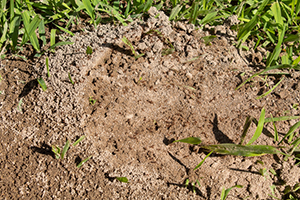
- Mosquitoes - Various varieties carry diseases that can impact humans. It is important to wear some approved type of skin protection to avoid bites.
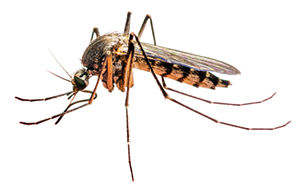
Read the US Foresty Service's recommendations for avoiding insect stings, fire ant bites, and mosquito bites.
Ticks
Ticks are insects that vector, or carry, a disease referred to as Lyme Disease. The tick is not venomous and that is hwy we do not include it with spiders, which are also arachnids. It also does not sting like yellow jackets, fire ants, or mosquitoes.
However, the disease it can sometimes transmit to humans is extremely dangerous.
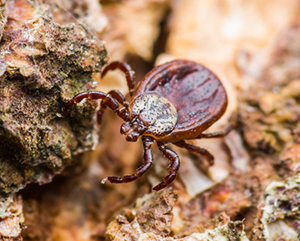
Read the US Forestry Service's recommendations for avoiding ticks.
Venomous Spiders
Two venomous spiders to watch out for in Alabama forests are:
- Brown recluse - Once bitten by this shy spider, the skin cells around the bite tend to die and leave a depression followed by a scar.
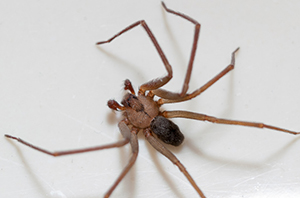
- Black widow - The female spider is characterized by the red hourglass shape on the abdomen.
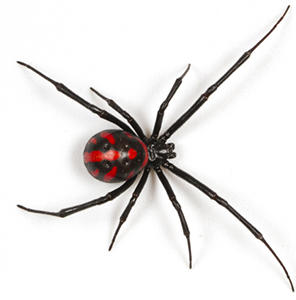
Read the US Forestry Service's recommendations for avoiding spider bites.
Venomous Snakes
Three venomous snakes to watch out for in Alabama forests are:
- Coral Snake - This snake is characterized by bright colored stripes. A way to remember the colors to the coral snake is the warning "red touching yellow will kill a fellow".
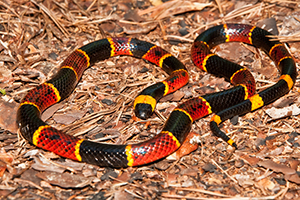
- Copperhead Snake - This snake is characterized by its bright copper-colored head.
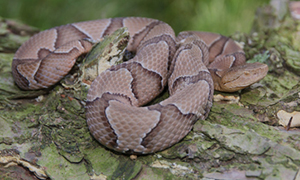
- Rattle snake - This snake will warn you by the sound from its tail.
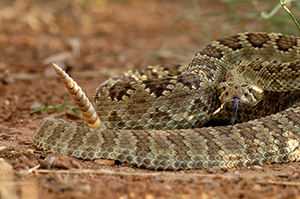
Read the US Forestry Service's recommendations for avoiding snake bites.
Poisonous Plants
Three poisonous plants to avoid are:
- Poison Sumac - It is a tall, smooth-stemmed shrub. It bears pinnately compound leaves with about 7 to 13 leaflets, including one at the tip. Bright red in the fall and has a red or dark brown stalk of berries that comes out of the top of the plant.
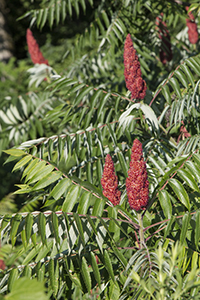
- Poison Oak - Characteristics can vary, but typically it can be a shrub or a vine growing on a tree and resembles an oak leaf.
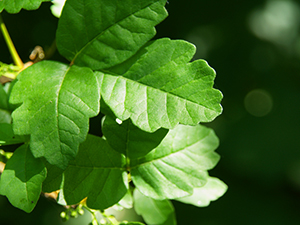
- Poison Ivy - It has three leaves and one elongated leaf in the center of two leaves. You will often hear "leaves of three let it be". This can be a ground cover or climbing up a tree.
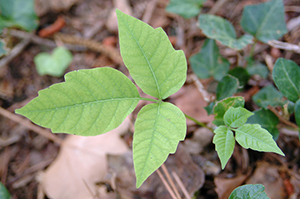
Venomous Snakes in Alabama
To learn more about this forestry hazard, watch Venomous Snakes in Alabama.